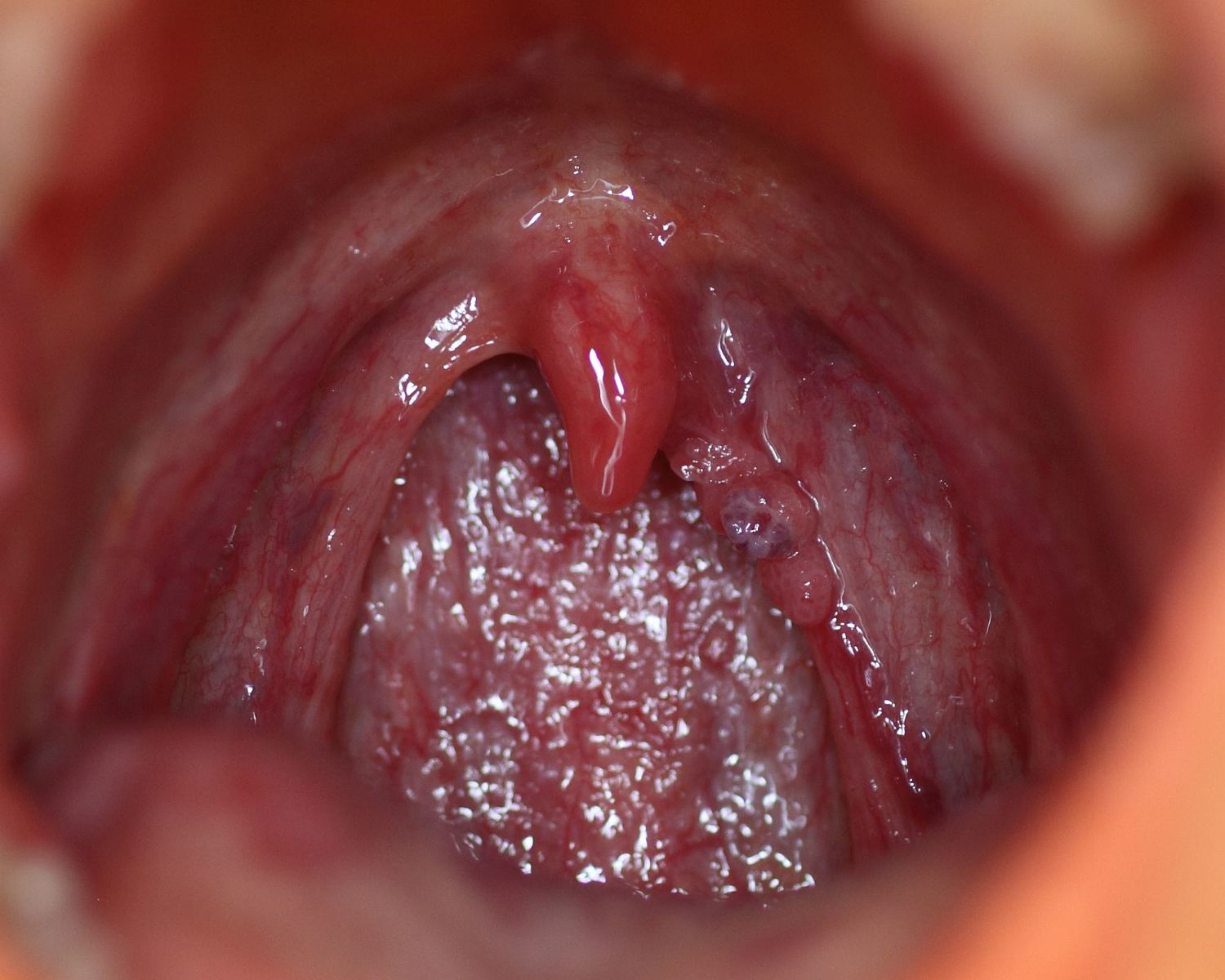Difference Between Chlamydia and HPV
What is Chlamydia and HPV (Human Papilloma Virus)?
Chlamydia trachomatis and HPV (human papillomavirus) are commonly sexually transmitted infections (STIs). Chlamydia is caused by bacteria Chlamydia trachomatis and HPV is caused by virus human papillomavirus.
What is Chlamydia ?
Chlamydia trachomatis is a bacterium that causes a commonly sexually transmitted infection. It also facilitates the transmission of HIV.
Chlamydia trachomatis can affect both men and women and the infection occur in all age groups, though it mostly affects young women. It is not difficult to treat this infection once it is diagnosed. However, if left untreated, it can cause many serious health complications.
Chlamydia trachomatis can also cause infection of the rectum. Infection caused by Chlamydia usually causes no symptoms or signs. However, one experiences vaginal discharge or bleeding or rectal pain. It is also possible to acquire conjunctivitis (chlamydial eye infections) through contact with infected vaginal secretions.
What is HPV (Human Papilloma Virus)?
A human papillomavirus (HPV) infection is the most common STI (sexually transmitted infection) and is believed to be a potential cause of invasive cervical cancer.
HPV is usually not dangerous and mostly goes away by itself, but some categories can lead to genital warts or cancer. HPV usually spreads from mother to the baby by labor, pregnancy, or nursing or by having unprotected anal, vaginal, or oral sex.
HPV infection usually results in warts. The types of warts include Genital warts, common warts, plantar warts and flat warts. Some risk factors of HPV include; Number of sexual partners, age, weakened immune systems, damaged skin, personal contact
Difference between Chlamydia and HPV (Human Papilloma Virus)
Description
Chlamydia
Chlamydia is a common STI and can cause serious and permanent damage to the reproductive system. It usually spreads to the new born child during childbirth, potentially causing pneumonia or an eye infection. This infection is usually treatable and needs the use of antibiotics prescribed to both sexual partners.
HPV (Human Papilloma Virus)
It is a pathogenic infection that causes genital warts and can also result in cervical cancer. It is a common STI in the United States. The risk factors include more than one sexual partner, vaginal as well as anal intercourse, partners in sexual intercourse with a history of HPV.
Symptoms
Chlamydia
- Bleeding between periods in women
- Pain in lower abdomen, testicles, vagina
- Abnormal discharge from vagina and penis
- Pain during sex
- Pain while urinating
- Swelling in the vagina or around the anus
- Burning or itching in or around the vagina
- Discharge, pain or bleeding in the anus (bottom)
- Inflammation (redness) of the eye (known as conjunctivitis) caused by infected vaginal or semen fluid getting into your eyes.
HPV (Human Papilloma Virus)
- Itching
- Warts on the genitals or surrounding skin
- Common warts
- Plantar warts
- Flat warts
- Anogenital warts
- Anal dysplasia (lesions)
- Epidermodysplasia verruciformis
- Mouth papillomas
- Oropharyngeal cancer
- Focal epithelial hyperplasia (mouth)
- Verrucous cyst
- Laryngeal papillomatosis
Causes
Chlamydia
Chlamydia is caused by Chlamydia trachomatis bacterium and is usually transmitted through oral, vaginal, and anal sex.
HPV (Human Papilloma Virus)
HPV is caused when the virus enters the body, usually through abrasion, a cut, or a very tiny tear in the skin. The virus spreads and is transferred primarily by skin-to-skin contact.
Diagnosis
Chlamydia
- Urine test
- Swab test
HPV (Human Papilloma Virus)
- Visual checks for genital warts
- Cervical testing
- Mouth testing
- Testing men (The Qiagen/Digene kit)
Treatment
Chlamydia
Medications
Antibiotics
(Azithromycin and Doxycycline)
Doctors may give different antibiotics, such as erythromycin or amoxicillin, in case of women if they develop an allergy or are breastfeeding or are pregnant.
HPV (Human Papilloma Virus)
Medications
Topical anti-tumour medication
Treatment of skin cancer
Medical procedures
Loop electrosurgical excision procedure
Procedure uses electric current to get rid of abnormal tissues and cells from the vagina and cervix.
Freezing
Using cold extremity during medical treatment or surgery
Cervical conization
Also termed as cone biopsy, cone shaped sample of cervical tissue is removed from the cervix by surgery.
Surgery
Electrosurgery
Prevention
Chlamydia
Prevention methods include:
- Condoms
- Regular screening
- Use of a dental dam during oral sex
HPV (Human Papilloma Virus)
Prevention methods include:
- Sexual abstinence
- Condoms
- Pap smear screening test for early detection of cancer of the cervix in females
- Vaccination
- Always go for a mutually monogamous relationship – or have sexual intercourse only with somebody who only has sexual intercourse with you.
Summary of Chlamydia vs. HPV (Human Papilloma Virus)
The points of difference between Chlamydia and HPV (Human Papilloma Virus) have been summarized as below:
- Difference Between Vaccination and Immunization - March 3, 2024
- Difference Between Selective Mutism and Autism - February 25, 2024
- Difference Between Depersonalization-Derealization and Dissociation - January 18, 2024
Search DifferenceBetween.net :
Leave a Response
References :
[0]O’Connell, C. M., & Ferone, M. E. (2016). Chlamydia trachomatis genital infections. Microbial cell, 3(9), 390.
[1]Image credit: https://commons.wikimedia.org/wiki/File:Throat_Warts_-_HPV.jpg
[2]Image credit: https://commons.wikimedia.org/wiki/File:SOA-Chlamydia-trachomatis-female.jpg
[3]Braaten, K. P., & Laufer, M. R. (2008). Human papillomavirus (HPV), HPV-related disease, and the HPV vaccine. Reviews in obstetrics and gynecology, 1(1), 2.
[4]Cox, J. T., & Palefsky, J. M. (2018). Human papillomavirus vaccinations. UpToDate. Waltham, MA. Accessed September, 15.
[5]Malhotra, M., Sood, S., Mukherjee, A., Muralidhar, S., & Bala, M. (2013). Genital Chlamydia trachomatis: an update. The Indian journal of medical research, 138(3), 303.



